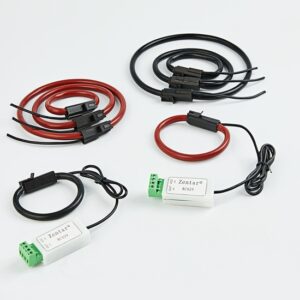Working principle of current transformer
The working principle of the current transformer is similar to that of the transformer. The most critical difference with the voltage transformer is that under normal operation, the pressure drop on the primary and secondary windings is not large, which is equivalent to a transformer with a short-circuit fault condition. Therefore, the magnetic flux Ф in the transformer core is not large. At this time, the magnetic potential F (F=IW) of the primary and secondary windings has the same size, and the orientation is reversed. That is, the current ratio between the primary and secondary windings of the current transformer is inversely proportional to the number of turns of the primary and secondary windings.
Working principle of voltage transformer
The working principle of a voltage transformer is similar to that of a transformer. The primary and secondary windings of the voltage transformer are wound on the same transformer core. The magnetic flux in the transformer core is Ф, which is used to convert the working voltage on the line. . Mainly used to supply power to detection instruments and relay protection devices, to accurately measure the working voltage, output power and electromagnetic energy of the line, or to maintain important machinery and equipment in the line when common faults occur in the line And the transformer, so the volume of the voltage transformer is not large, generally only a few volts, tens of volts, the largest will not exceed one thousand volts.




